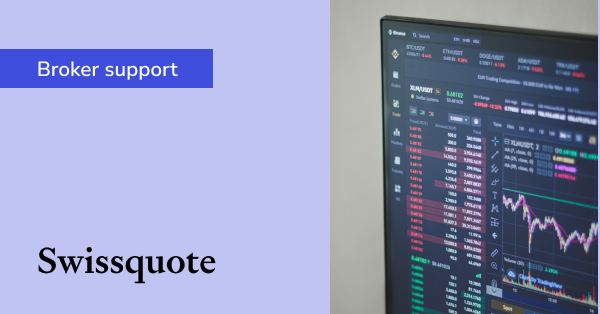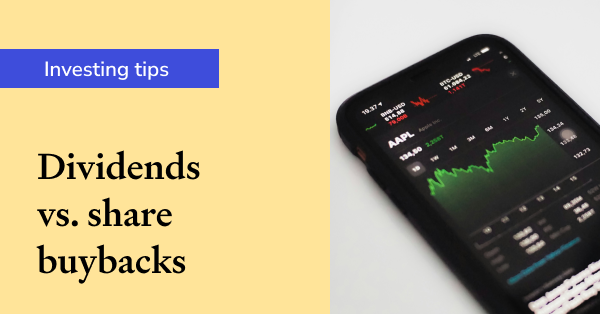Diversification of SMSF portfolios post COVID-19
The below article is for informational purposes only and does not constitute a product recommendation, or taxation or financial advice and should not be relied upon as such. Please check with your adviser or accountant to obtain the correct advice for your situation.
The past few months have seen many investors question themselves (and those they go to for advice) about how best to rebalance their portfolios – especially if their goals or financial circumstances have changed due to the COVID-19 pandemic. For SMSF trustees, a portfolio review is critical during heightened market volatility to stay true to their investment strategy.

The balance of many portfolios will have moved in recent months with some asset classes performing better than others – especially with the rebound in shares since the March lows. Therefore, rebalancing may mean returning the portfolio to agreed upon investment ratios or target asset allocations determined during the initial portfolio design phase.
When a self-managed superannuation fund (SMSF) is set up, one of the first things trustees need to do is agree on and write an investment strategy. But this document is more than just a guide; it’s a mandate for the fund and trustees must abide by it. That means if asset allocations change due to significant market movements – as we have seen with COVID-19 and associated business disruption – trustees will need to rebalance their assets back into line with the targets or ratios that have been chosen. More generically, investment goals may have shifted, along with risk appetite, as SMSF trustees age or experience changes in personal circumstances.
According to funds management experts, a well-diversified portfolio should be rebalanced at least every six months … and more often in the face of a significant market correction. One of the potential upsides of a disciplined rebalancing process is that investors can ‘lock in’ profits and reinvest these proceeds into other asset classes. This assists with portfolio diversification while mitigating volatility and downside risks to the portfolio. A failure to periodically rebalance could leave the SMSF overexposed to one or two asset classes, increasing concentration risk.
However, experienced investors will also be well aware that a disciplined rebalancing process incurs some costs. If equities are held directly, the main cost in selling down shares and buying other assets would be the brokerage costs and the potential for missed dividends. But, if managed funds are held for certain asset classes there may also be exit fees to pay, or income payments to forfeit. Another factor to be taken into account is that investors may be subjected to capital gains tax when shares are sold.
Learn from the pros
Because SMSF trustees face many of the same challenges as professional fund managers, it is worth considering how they rebalance their portfolios in a non-emotional, cost-effective and impartial way. Professional managers often enter into a legal agreement or mandate with large institutional investors that sets out how the money is to be invested. The mandate includes portfolio parameters around acceptable investments, style, strategy, risk parameters and an appropriate benchmark.
For individual investors or SMSF trustees, the advice from the investment professionals is to constantly monitor the holdings of their portfolio through a disciplined investment process and careful focus on dynamic asset allocation, tactical stock and sector selection, and portfolio rebalancing. Regular reviews with a financial adviser or investment professional can assess the efficacy of tactical asset allocation decisions, stock and sector selections, the market timing and implementation of investment decisions, risk objectives and the regularity of portfolio rebalancing. This may also be more urgent for a fund moving from accumulation phase into retirement phase as greater liquidity is likely to be part of the investment strategy.
Investors are likely to see prolonged periods of volatility resulting from the COVID-19 pandemic with asset classes producing different returns that challenge traditional asset allocation assumptions. The latest research suggests SMSF trustees have responded to market disruption by taking a more defensive stance and increased their cash and property allocations.
While bouts of short-term volatility are unnerving for all investors, they should remember that they are investing for the long-term. The best way to make a portfolio more durable and to mitigate risk is through asset allocation and portfolio rebalancing. Overall, investors should always be mindful of striking a balance between risk control and cost minimisation.
Diversification without borders
Having sufficient liquidity, allocating strategically, being adequately diversified across asset classes and considering tax loss re-harvesting are all critical ingredients for an investor’s long-term financial plan in the current market environment. While diversification does not always ensure a profit or prevent losses, it can potentially mitigate risk with some investments rising and others falling during episodes of heightened market stress. Like professional investment managers, SMSF trustees should diversify their investments across a range of asset classes, including styles (like growth and value), sectors/industries and geographies.
While shares – both Australian and international – and bonds tend to dominate most portfolios some investors prefer the safety of cash while others like to free up liquidity to invest in other asset classes when opportunities present. Commodities, listed property trusts and alternative investments like infrastructure are other areas to consider.
Spreading portfolio risk across different geographies should also be encouraged to avoid ‘home biases’ and concentration risk. This also means that if assets are located in a part of the world that is particularly vulnerable, the assets located in other areas will be able to compensate for any unexpected losses. The adoption of currency hedging and derivatives strategies should also be considered, where required, to avoid foreign exchange fluctuations and other unforeseen market events.
Depending on risk appetite and age, investment advisers generally recommend a large allocation to domestic and international shares counterbalanced by fixed income, commodities, infrastructure and property exposures in order to generate decent risk-adjusted returns.
Track your SMSF diversification with Sharesight
Join over 250,000 investors tracking their investment performance (and tax) with Sharesight.
Built for the needs of SMSF trustees, with Sharesight you can:
-
Keep your documented SMSF asset allocation strategy on target with Sharesight’s asset allocation and diversity tracking providing valuable insights throughout the year
-
Easily share SMSF portfolios with accountants or financial professionals to make admin and tax compliance a breeze
-
Track SMSF investment performance with prices, dividends and currency fluctuations updated automatically
-
Run powerful tax reports built for Australian investors, including capital gains tax, unrealised capital gains, and taxable income (dividend income)
Sign up for a free Sharesight account and get started tracking your SMSF investments today.

FURTHER READING

How Sharesight helps advisors track net worth and simplify compliance
We talk to Ryan Jones, Partner, Accountant and Financial Advisor at Jones Louros, about how he uses Sharesight to manage his clients’ investment trusts.

Automatically track Swissquote trades with Sharesight
If you trade using Swiss broker Swissquote, you can automatically import your trading data to your Sharesight portfolio.

Dividends vs. share buybacks: Which is better for investors?
We take a look at dividends and share buybacks, discussing the pros and cons of each, the tax implications and which one is more beneficial for investors.